
These Are the Best Weekend Trips In the West, According to NatGeo’s New Book
National Geographic’s new book details hundreds of the best weekend trips. Of course, many of the trips are right here in the West.
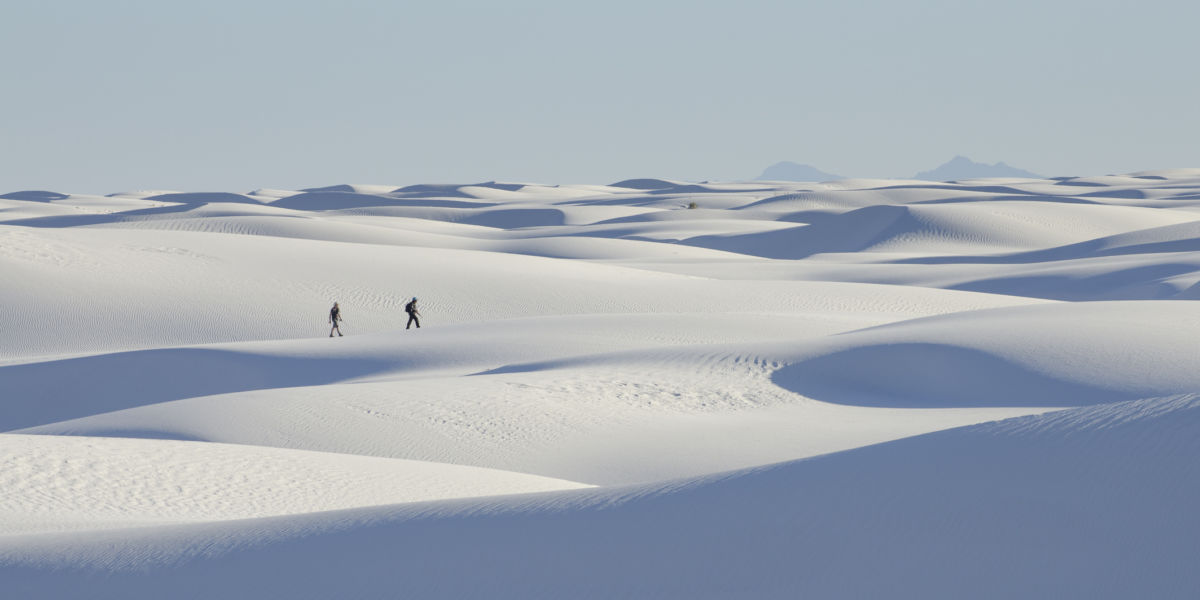
What’s your idea of a “perfect weekend”? Does the answer to this question sound appealing but also rather elusive?
Just thinking about planning a perfect weekend might be enough for many people to put the whole thing aside. But thanks to National Geographic, it’s now much more attainable. The iconic publication’s new book, 1000 Perfect Weekends: Great Getaways Around the Globe has plenty of ideas for great weekend trips for all types of travelers, from shredding down a mountain to wandering the streets of an artistic and historic city, or relaxing on a beach.
“Most of us don’t get a lot of time to take a vacation. We have work, we have family obligations, our time is tied up in other things. And so we wanted to create a book that allowed people to really feel like they can escape if all they have is 36, 72 hours in a place,” says Allyson Johnson, a senior editor with National Geographic Books and a contributor to 1000 Perfect Weekends.
Johnson and six other National Geographic travel writers started working in late 2018 to compile trips and destinations where people could arrive and fully or almost fully experience it in one weekend. This focus means that while the book includes trips to all parts of the globe, most will take you somewhere in the United States or one of its close neighbors. The book itself is divided into 18 chapters, each one focusing on a specific type of travel, like “Adrenaline Rushers,” “Road Trips,” and “Historical Explorations,” or a type of destination like “Nature Parks,” “Beach Escapes,” and “City Tours.”
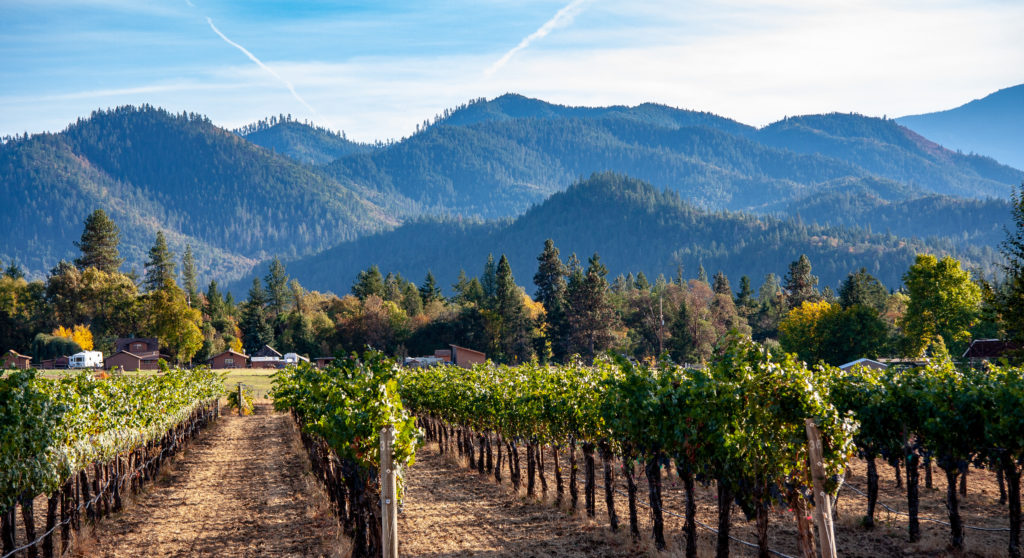
Courtesy of CSNafzger and Shutterstock
Say, for example, you’re interested in food tourism. The book features an entire food and drink chapter detailing famous markets, world-renowned restaurants, and impressive vineyards. One of those is the Applegate Valley Wine Trail in Oregon. This viticulture journey begins in Jacksonville and takes you along the path of the Applegate River to 19 wineries, all while under the impressive backdrop of the Siskiyou Mountains. Jacksonville is the perfect base camp for this trail. This city features lots of independent retailers, restaurants and charming bed-and-breakfasts, many of which are housed in historic buildings. Some even date back to the 1850s during Jacksonville’s origins as a gold rush town. This trip can be part mountain retreat, part history tour, and part wine tasting, making for one impressive weekend.
Dividing the book into these specific chapters allowed each contributor to showcase all the impressive places they’d traveled to and written about during their time as National Geographic writers.
“[The travel writers] are really the experts,” Johnson says. “They have been in the field for decades, and collectively they’ve been to all of the places in this book, so I really wanted people who had experienced these places and can speak to them from firsthand experience to work on this….I wanted the travel writers to really narrow in [on] their expertise and then tell me the best places they have been in each of those categories that they excel at.”
This process left the team with 1,500 destinations that needed to be whittled down. As far as what landed each destination on the final list, it was part x-factor, part ease. “We really wanted places that had those unique characteristics but also easy access,” Johnson says.
For the team, regardless of what each site had to offer, it was critical that people would still be able to get the most out of it in a weekend. In other words, they wanted to avoid places that, even if they had something really special, would have travelers spending most of their time on some form of transportation.
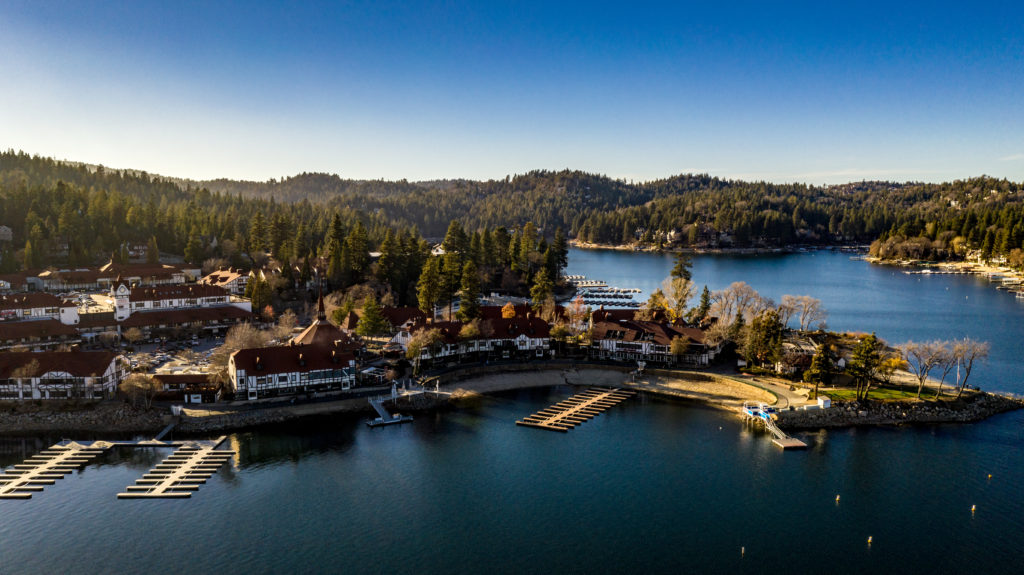
Courtesy of Joel Hensler and Shutterstock
After taking that into consideration, the team finally had a list of 1,000 destinations, of which 336 are right here in the West. Spots range from national parks and museums to old battlefields to mountainside retreats, like Lake Arrowhead in California.
Nestled below the San Bernardino Mountains, this beautiful resort town allows travelers to have a similar experience to a stay in the Alps without having to cross the Atlantic. Sitting at 5,174 feet, the 90-minute commute from the city has made Lake Arrowhead a favorite retreat of Los Angeles natives since the 1920s. Most activity is focused in and around Lake Arrowhead Village. This Bavarian-style refuge has shops, lodging, and restaurants; and on holidays, Fridays, and Saturdays from mid-May to Labor Day, the village hosts a free Center Stage Summer Concert Series. A short distance from the village, you’ll find Lake Arrowhead Resort and Spa. A stay grants you access to the resort’s private beach, which during the summer offers kayaking, fishing. paddle-boarding, and boat tours on the lake. Throughout the year, you can hit local trails to hike or bike, and understand why this area is often called the Alps of Southern California.
Most of 1000 Perfect Weekends highlights locations like this, with detailed descriptions of the attractions and appeal of each location, paired with some of NatGeo‘s famously impressive photography. However, there are two additional types of entries in the book.
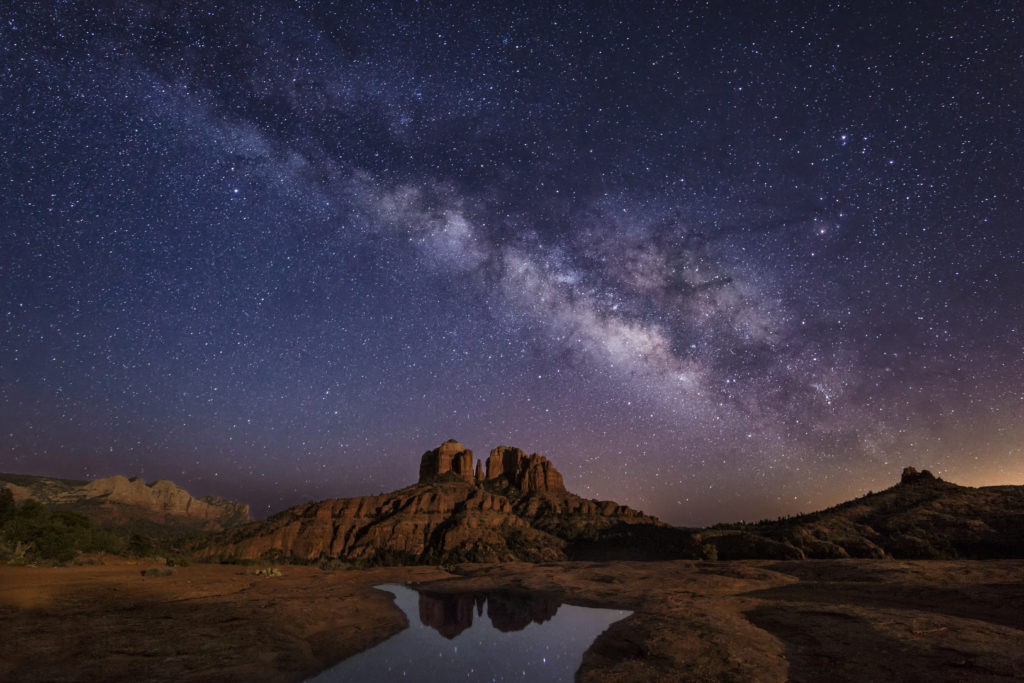
Courtesy of Scott Stulberg and Getty Images
The first is top 10 lists. From the best beaches to the best natural wonders, these lists offer quick bits of information and serve as great bookmark-able, single-page lists for specific types of destinations.
For example, one list details the top 10 places to go stargazing, three of which are in the West. Natural Bridges National Monument was not only Utah’s first national monument but also the first International Dark Sky Park. It prides itself on having no light pollution and clear views of the Milky Way. Visitors to Natural Bridges can see thousands of stars at night, while most urban areas only offer views of about 500 stars.
Sedona, Arizona, also received a Dark Sky Community label from the International Dark Sky Association for its near lack of light pollution. Night hikes offer impressive views of the Milky Way over Cathedral Rock and a telescope in the right spot will help you spot the Whirlpool galaxy. If you’re new to stargazing, take an “Evening Sky Tour,” through the stars using state-of-the-art telescopes led by professional astronomers.
And while Death Valley National Park in California is only two hours from Las Vegas, this park still offers impressive views of the desert sky during its twice-a-month astronomy events and the annual Dark Sky Festival.
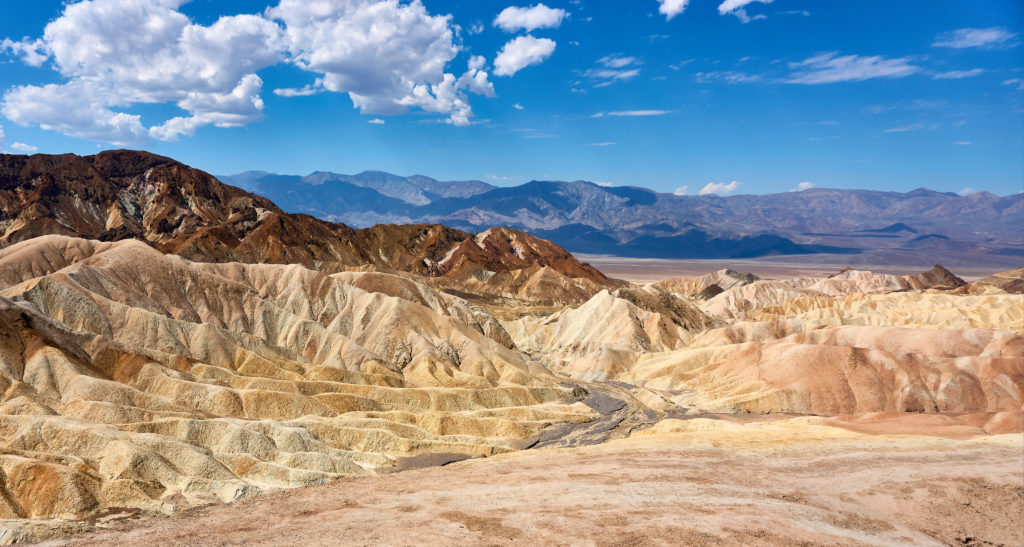
Courtesy of Kay Fleischmann and Getty Images
The book’s second type entries are essays. As part of creating the book, the team went through the past few years of essays written for National Geographic Traveler, as well as other essays written by travel writers, to find ones focused on specific locations or trips to include in the book.
“On top of the recommendations that we put up [for] places to go, we have those firsthand accounts that have real personal stories tied to these destinations….For instance, there’s an essay in the book about a woman who went to Costa Rica with her family for a long weekend and then decided she wanted to change her entire life after experiencing that weekend there and almost uproot her family and live in Costa Rica,” Johnson says.
These essays offer interesting perspectives and personal contemplations on destinations across the world, and they work well as a companion to the vividly transportive photos and descriptions. While these essays showcase how destinations can impact individuals, the book also highlights destinations hoping to have a broader societal impact. The “Enabled Adventures” chapter features locations that cater to or have accommodations for people with disabilities. This varies from beaches with specially modified wheelchairs that go across the sand, to autism-friendly hotels and museums that have been modified to be more accessible to blind individuals.
“I was pleasantly surprised by how many destinations we found and the variety of ability-friendly destinations. There are destinations for hearing impaired and visually impaired [individuals], and wheelchair-accessible destinations,” Johnson says. “It’s something unique in the travel media landscape to make sure that people of all abilities are thought of in getting to different destinations.”
One of the locations included in this section is White Sands National Park. This otherworldly 275-square-mile expanse of pure white sand in the Chihuahuan Desert of southern New Mexico literally shimmers thanks to the world’s largest field of gypsum, a mineral mixed in with the sand. For folks with limited mobility, there’s the 8-mile one-way Dunes Drive, and the quarter-mile Interdune Boardwalk where everyone, including people who use wheelchairs, can explore the park and get to the top of dunes to see the expansive white. The park also offers large print, Braille, and audio versions of park guides to ensure access for all to park info.
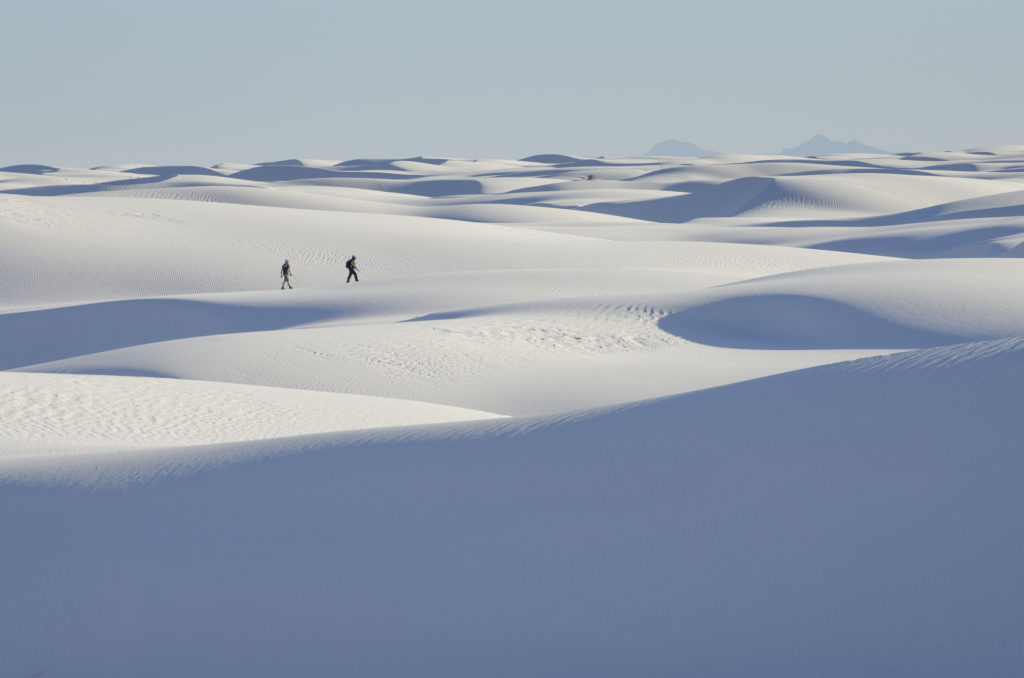
Mint Images
With all the destinations, photos, essays, and lists, the team’s big project certainly resulted in a big book, though maybe the title clued you into that. The manuscript’s 700-plus pages means that this will very much be a coffee table book, but it’s the best kind: one with actual utility. The trips featured in the book add up to about 19 years worth of travel, making it one hell of a bucket list. But that’s not really what the book is. It’s aspirationally practical. Whenever you open it, its vividly realistic descriptions and classic NatGeo photos can transport you, your family, or your mind, just for a little while.
“This is a unique book that really captures how people travel. … They know, ‘I have X amount of time, I want to go somewhere great,’ and they can literally flip this book open any page and find that,” Johnson says. “Even if you can’t make it to one of these destinations, you can flip through and travel from your armchair.”
While the team created the book to be a long-lasting traveler’s go-to with tried and true destinations, Johnson also feels that now is the perfect time for a book like this.
“People are starting to tip their dip their toes back into the travel space, and I think a lot of us are feeling a little gun shy of how to do that,” Johnson said. “We’re not necessarily ready to take a longer excursion yet, so a weekend feels really like the right way to start traveling again.”
